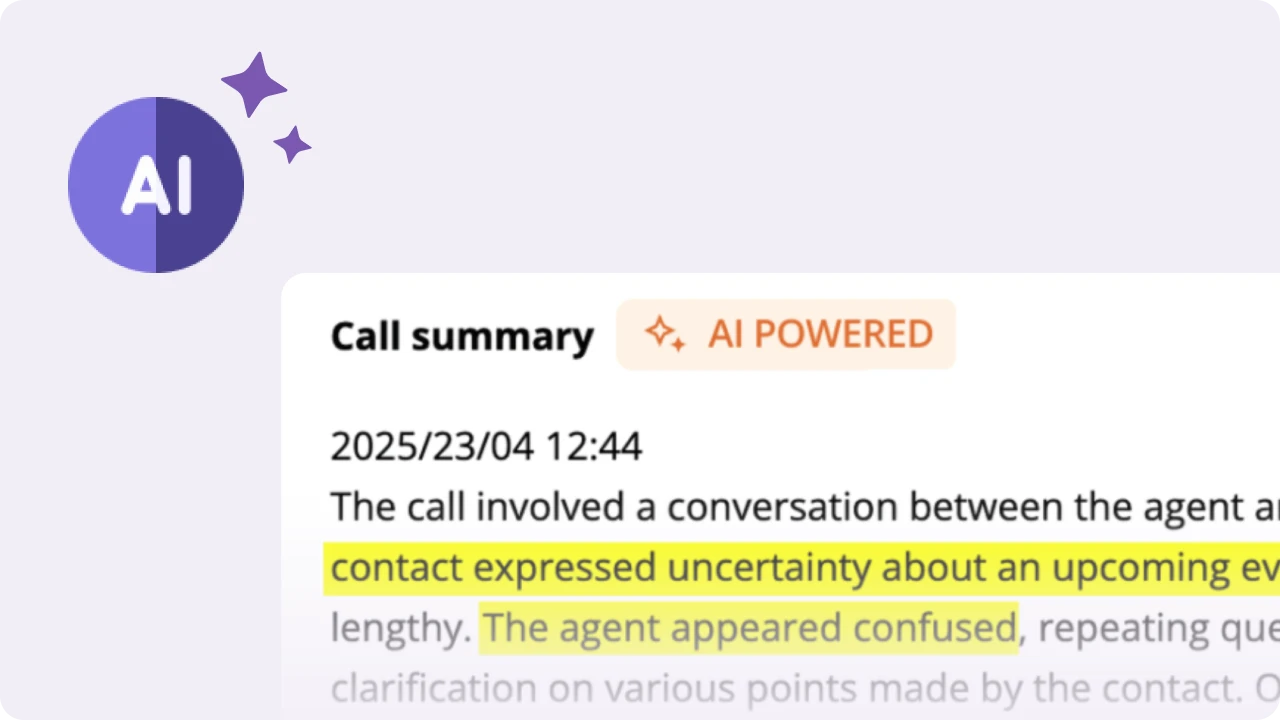Table of Contents
When it comes to running a nonprofit effectively, fundraising and financial management go hand in hand. Not only does your organization have to bring in revenue to fund its programs and pay the bills, but your team also needs to track and allocate that revenue to make the most of it for your mission and promote transparency with donors, funders, and the government.
Most nonprofit leaders and fundraising professionals aren’t trained accountants—and you don’t have to be to perform well in your particular role. However, you should have a basic understanding of how your nonprofit’s finances work so you can develop better fundraising plans and encourage supporters to fund your mission.
In this guide, we’ll walk through three ways nonprofit accounting principles and activities influence fundraising to help you build your foundational knowledge and optimize your organization’s strategy. Let’s dive in!
1. Making data-driven fundraising decisions
You likely already leverage your nonprofit’s donor data to inform your fundraising decisions. For example, if your animal shelter hosted a 5K race event last year, you might review your data to see if you should plan another one for this year. If it exceeded your expectations for participation and received high satisfaction ratings in your post-event survey, you’d likely think it would be a good idea to repeat the event.
Naturally, your main goal in hosting a fundraising event is to bring in revenue—which is where accounting data can help you out. To decide if this year’s 5K is truly worthwhile, you’ll first need to look at the total amount of funding you raised from last year’s event. Then, you should also examine other financial information, such as:
- Your nonprofit’s current funding needs. Let’s say last year’s 5K raised $25,000, which covered as many veterinary expenses for your shelter’s rescue pets as you needed it to. But this year, you took in several animals with complex medical conditions, and a grant you were hoping to secure to help with those costs fell through. So, you might decide you need to raise at least $40,000 through this event, meaning you’ll likely need to choose a more lucrative format.
- The upfront costs of the fundraiser. In-person events in particular aren’t cheap to host. You typically have to pay for a venue, fundraising software, furniture rentals, sound equipment, refreshments, and various other costs. If you want to host the 5K, you’ll need to review how much you spent upfront last time, see if you have the funds to cover those costs, and determine if you can earn your investment back while still having plenty of funding to put toward your mission.
- Opportunities to raise more funds or offset costs. On the flip side, you may find that your nonprofit didn’t take full advantage of certain strategies during your last 5K that would make this year’s event more profitable. For example, you could create new ways for participants to contribute during the event by selling t-shirts and running a text-to-give campaign. Or, you might ask a corporate sponsor to donate water bottles and snacks instead of buying them to save you money upfront.
Budgeting is critical for effective fundraising. Collaborate with your nonprofit’s accountant to finalize your revenue goals, create a budget for each event and campaign, and make sure those documents align with your overall operating budget for the year so your fundraising and financial planning work together seamlessly.
2. Properly recognizing revenue
Once you bring in revenue from a fundraiser, there are specific procedures for recording it in your nonprofit’s accounting system. While your accountant and bookkeeper are the experts in ensuring this is done properly, it’s helpful to generally understand it so you can more easily reference key data and know how much funding you have available to spend.
According to Jitasa’s nonprofit revenue recognition guide, nearly all funding that comes into your organization can be classified as either a contribution transaction or an exchange transaction. Contribution transactions occur when a supporter isn’t promised anything in return for their gift, and your finance team will recognize these funds as soon as you receive them. This is the case with:
- Most individual monetary contributions of all sizes
- Most in-kind donations of goods, services, and immaterial assets like stocks or real estate
- Some types of corporate giving, such as matching gifts and volunteer grants
- Government and foundation grants
Meanwhile, exchange transactions happen with the expectation that the supporter will receive a tangible reward for their gift. Examples include:
- Corporate sponsorships (because your nonprofit will typically provide businesses with free publicity in return for their support)
- Membership dues
- Merchandise sales and product fundraisers
- Event ticket and auction item purchases
- Fees for services provided (e.g., museum admission or low-cost tutoring)
- Crowdfunding and peer-to-peer campaigns that involve incentives or perks
Exchange transactions are recognized when the contributor receives their reward. For instance, your finance team will record revenue from an incentive-based crowdfunding campaign after the perks have been distributed to supporters. In some cases, this will result in your organization bringing in funds that you aren’t allowed to spend for several weeks or months, which are known as deferred revenue.
3. Honoring funding restrictions
When donors, grantmakers, or corporations make large contributions to your nonprofit, they typically want some level of control over how those funds are used to further aspects of your mission they’re passionate about. So, they might impose restrictions on their gifts, which your nonprofit needs to honor to maintain strong relationships with your most impactful supporters.
Concerning restrictions, nonprofit funding typically falls into three categories:
- Unrestricted funds can be put toward any of your organization’s expenses, whether they’re directly related to your mission or part of your overhead. The revenue from most small to midsize transactions (both contribution and exchange) is unrestricted.
- Permanently restricted funds typically take the form of endowments. As NXUnite’s nonprofit endowment guide explains, your organization doesn’t spend these funds directly but instead invests them and uses the interest they generate to pay for a donor-designated program or project.
- Temporarily restricted funds include most major and planned gifts, grants, and corporate sponsorships. These funds are restricted for a specific purpose or time period, but once the purpose is fulfilled or the time elapses, any leftover revenue can be released from restriction. For example, if a major donor contributes $50,000 to a building project, and you complete the project under budget and only use $48,000 of their gift, the remaining $2,000 can become unrestricted funding (with the donor’s consent).
Share impact reports with the individuals and organizations that contribute restricted funds to demonstrate that you’re using their gifts as intended and that their money is making a real difference for your mission. This practice builds trust and sets you up to receive more funding from these supporters down the line.
While understanding these concepts is important, communication is the main factor that makes fundraising and financial management work together for your nonprofit’s success. Make sure to regularly discuss your fundraising priorities with your organization’s accountant, bookkeeper, and other financial professionals to ensure both teams can always act in your nonprofit’s best interest and promote long-term sustainability.
Meanwhile, if you are looking for more resources to help your nonprofit journey, CallHub is the place to be. You can start with our article on 2025 Nonprofit Trends: What’s To Expect This Year.


